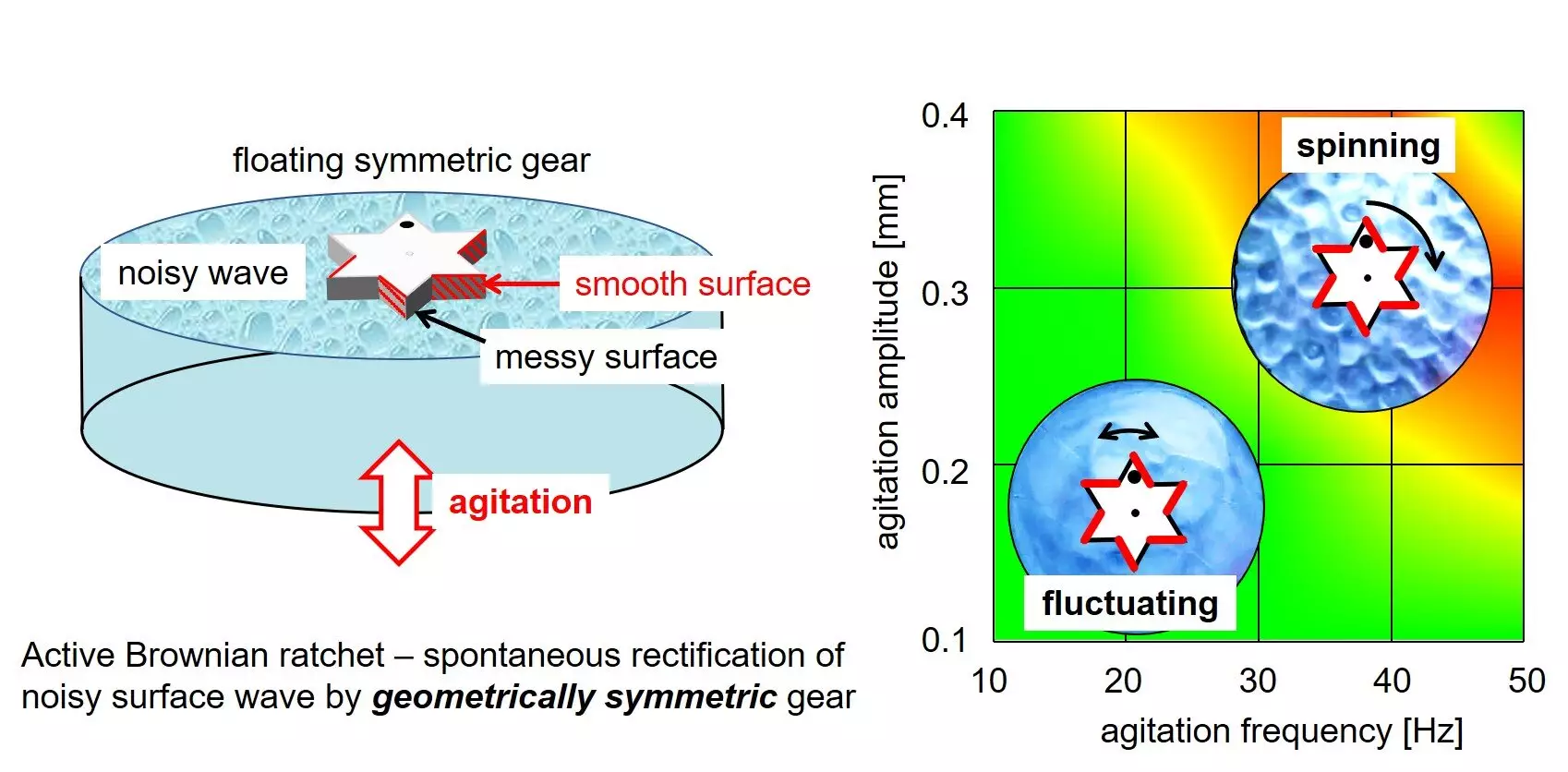The ratchet mechanism is a complex system that plays a crucial role in converting disorderly motion into orderly movement through a process known as spontaneous rectification. In mechanical systems, this mechanism typically involves a gear and a pawl, which restricts the movement of the gear in one direction. On the other hand, in biological systems, the concept of a Brownian ratchet has been proposed to help us understand the mechanism of molecular motors, where chemical reactions rectify the random thermal motion of molecules.
The Role of Nonthermal Fluctuations
According to the second law of thermodynamics, uniform thermal fluctuations cannot spontaneously generate regular motion. Practical Brownian ratchets require nonequilibrium fluctuations to function properly. Physiological chemical reactions in biological systems play a crucial role in modulating thermal motion and generating nonthermal fluctuations, which are essential for the ratchet mechanism to work efficiently.
Innovations in Ratchet Mechanisms
Recent advancements in the field of ratchet mechanisms have led to the development of novel energy-harvesting technologies. The Feynman-Smoluchowski ratchet is a classic example of an active Brownian ratchet, which has paved the way for numerous ratchet motor studies. However, a team of researchers from Doshisha University has taken a different approach by developing a ratchet mechanism based on the asymmetry of surface wettability using a geometrically symmetric gear.
Led by Ph.D. student Miku Hatatani, along with Associate Professor Yamamoto Daigo and Professor Akihisa Shioi, the team developed a unique ratchet mechanism that utilizes the surface-energy profile for rectification. Unlike conventional geometrically asymmetric ratchets, their model incorporates a symmetric star-shaped gear made of acrylonitrile butadiene styrene (ABS) resin, with six triangular teeth. By attaching Parafilm alternatively to the right side of each tooth, they created a difference in surface wettability between the two faces of the gear.
Experimental Results
During testing, the gear was placed in a water-filled petri dish and subjected to vertical oscillations produced by a vibrating disk. The gear with the Parafilm demonstrated a one-way spin in the waterbed, indicating successful rectification of random fluctuations. In contrast, the gear without the Parafilm did not exhibit the same one-way spin, highlighting the importance of surface wettability in the ratchet mechanism.
The researchers discovered that the unique motion of their ratchet motor is generated by a stochastic process with a biased driving force. This biased force was a result of the difference in interactions of water waves between the smooth Parafilm face and the rough non-Parafilm face of the gear teeth. This innovative ratchet mechanism opens up new possibilities for designing efficient energy conversion systems. It may even provide a breakthrough in generating new ratchet motor designs that mimic the functionality of molecular ratchets.
The ratchet mechanism plays a vital role in energy conversion systems, both in mechanical and biological contexts. Innovative research studies, such as the one conducted by the team from Doshisha University, are essential for pushing the boundaries of our understanding and developing new technologies that harness the power of the ratchet mechanism for sustainable energy solutions.


Leave a Reply